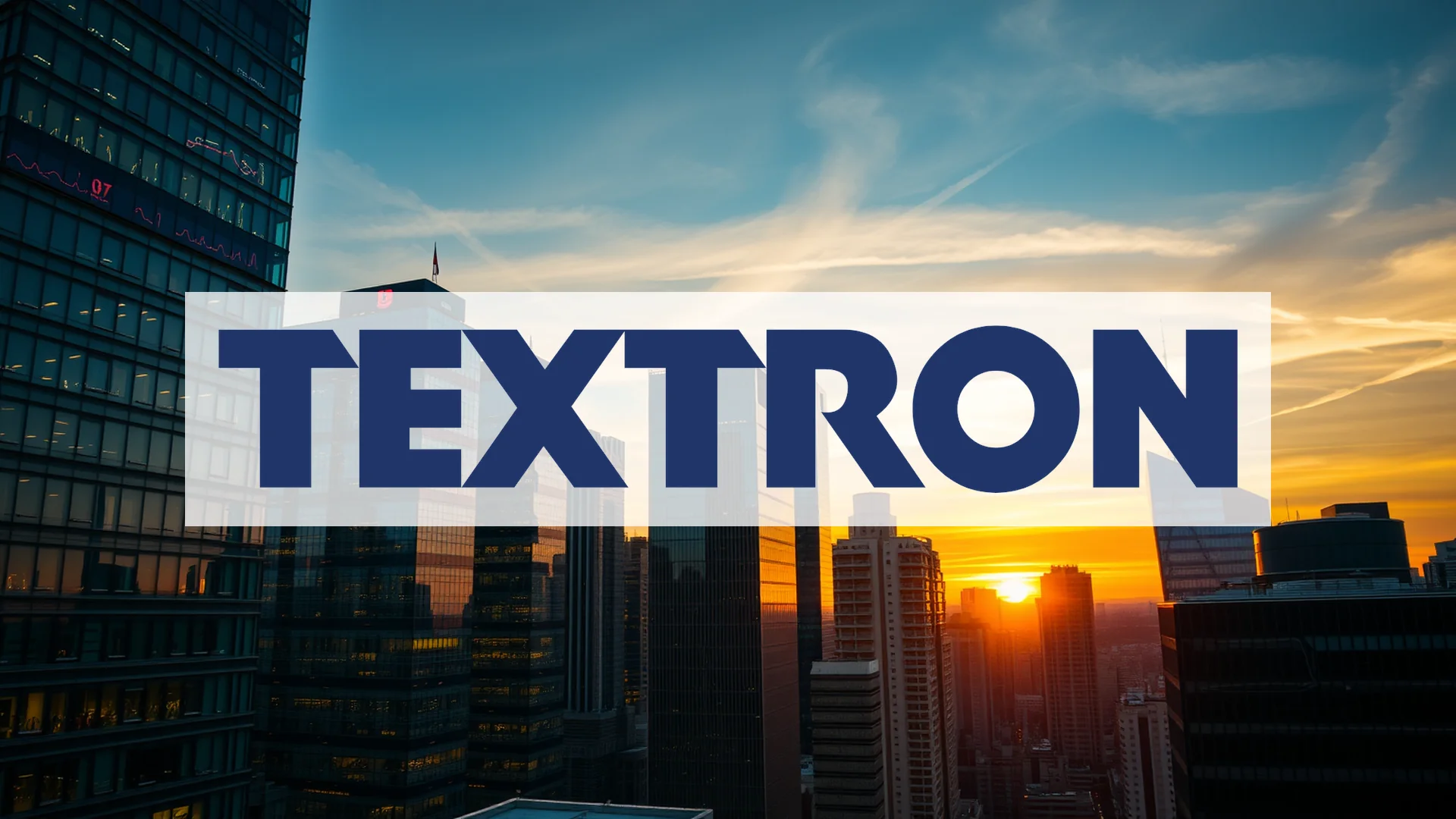The American aerospace and defense conglomerate Textron presents a complex picture for investors. While its Bell helicopter division secures significant international orders and advances sustainability projects, the company’s latest quarterly earnings have generated a mixed reaction. The central challenge remains whether Textron can leverage its operational strengths to reverse its current stock performance.
Quarterly Performance: A Mixed Bag
Textron’s Q3 2025 financial results painted a nuanced portrait. On the positive side, adjusted earnings per share came in at $1.55, decisively beating analyst projections of $1.46. The company also demonstrated improved cost management, with cash flow before pension contributions nearly doubling to $281 million. Segment profits saw a robust 26 percent increase, and the Systems division secured new orders valued at approximately $1 billion. However, these bright spots were tempered by a revenue figure of $3.6 billion, which fell short of market forecasts despite representing a 5 percent year-over-year gain.
European Expansion and Green Milestones for Bell
A significant source of recent positive news stems from Textron’s Bell segment, which is experiencing considerable momentum in the European market. The division has secured six new helicopter orders from Switzerland, the United Kingdom, and Poland, involving the Bell 505, Bell 407GXi, and Bell 429 models. These deals have pushed the year’s corporate sales in Europe to a total of seventeen aircraft.
Should investors sell immediately? Or is it worth buying Textron?
Concurrently, Bell is making strides in environmental sustainability. A Bell 505 helicopter successfully completed over 700 flight hours using Sustainable Aviation Fuel (SAF), marking a critical milestone for the industry’s pursuit of greener aviation solutions.
Market Sentiment and Institutional Moves
Despite these operational achievements, market experts maintain a cautious stance. The prevailing analyst rating continues to lean toward “Hold,” with an average price target of $92.15. This skepticism is reflected in the actions of institutional investors, who have taken divergent paths. JPMorgan reduced its stake in Textron by 8.3 percent in the second quarter, while Boston Partners increased its holdings by 1.5 percent.
Currently trading around €71, Textron’s shares are still grappling with the effects of a recent price decline. The pivotal question for the market is whether the demonstrable operational successes, particularly within the Bell division, will be sufficient to catalyze a sustained recovery and break the prevailing downward trend in the company’s stock value.
Ad
Textron Stock: Buy or Sell?! New Textron Analysis from November 27 delivers the answer:
The latest Textron figures speak for themselves: Urgent action needed for Textron investors. Is it worth buying or should you sell? Find out what to do now in the current free analysis from November 27.
Textron: Buy or sell? Read more here...










